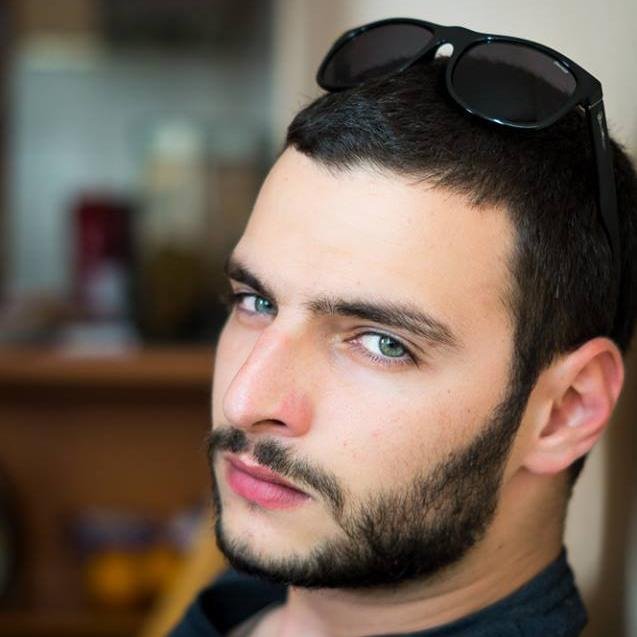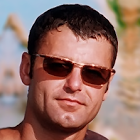Background
We have all learned to love and hate the trusty Bike shop database. Almost every demo or presentation pertaining to SQL Server we do, we use the AdventureWorks sample database. Almost every code sample on books online references AdventureWorks for illustrations and practical explanations of a feature. When SQL Server 2005 was released Microsoft replaced the old Pubs & Northwind Sample databases with a more complete and more feature rich database called AdventureWorks. Ever since we have been using this new sample database for almost everything we want to test. Microsoft has now given us an even better sample database called WorldWideImporters, which utilises almost every SQL Server feature I can think of from Temporal Tables to In-Memory table.
Read more »












